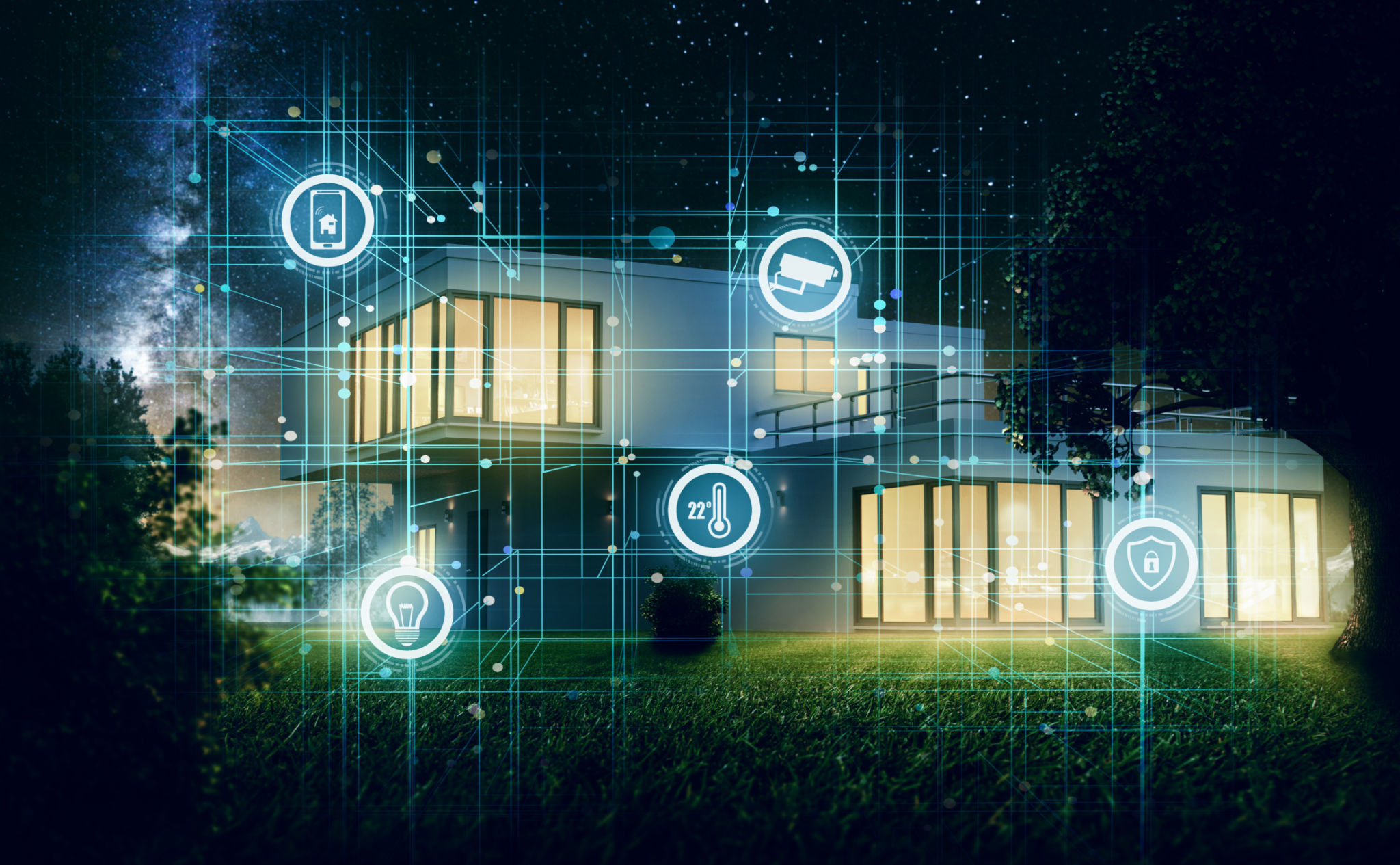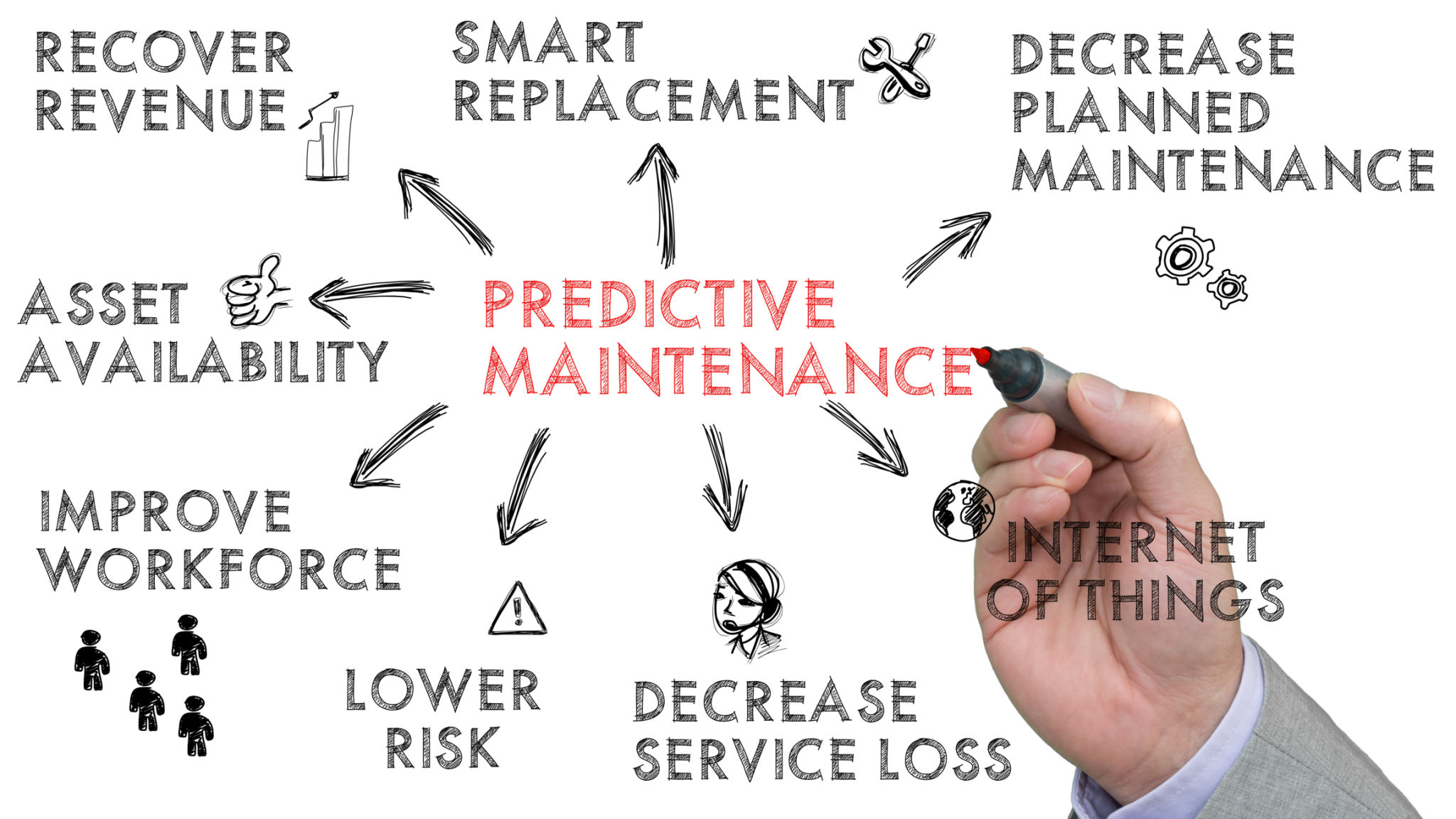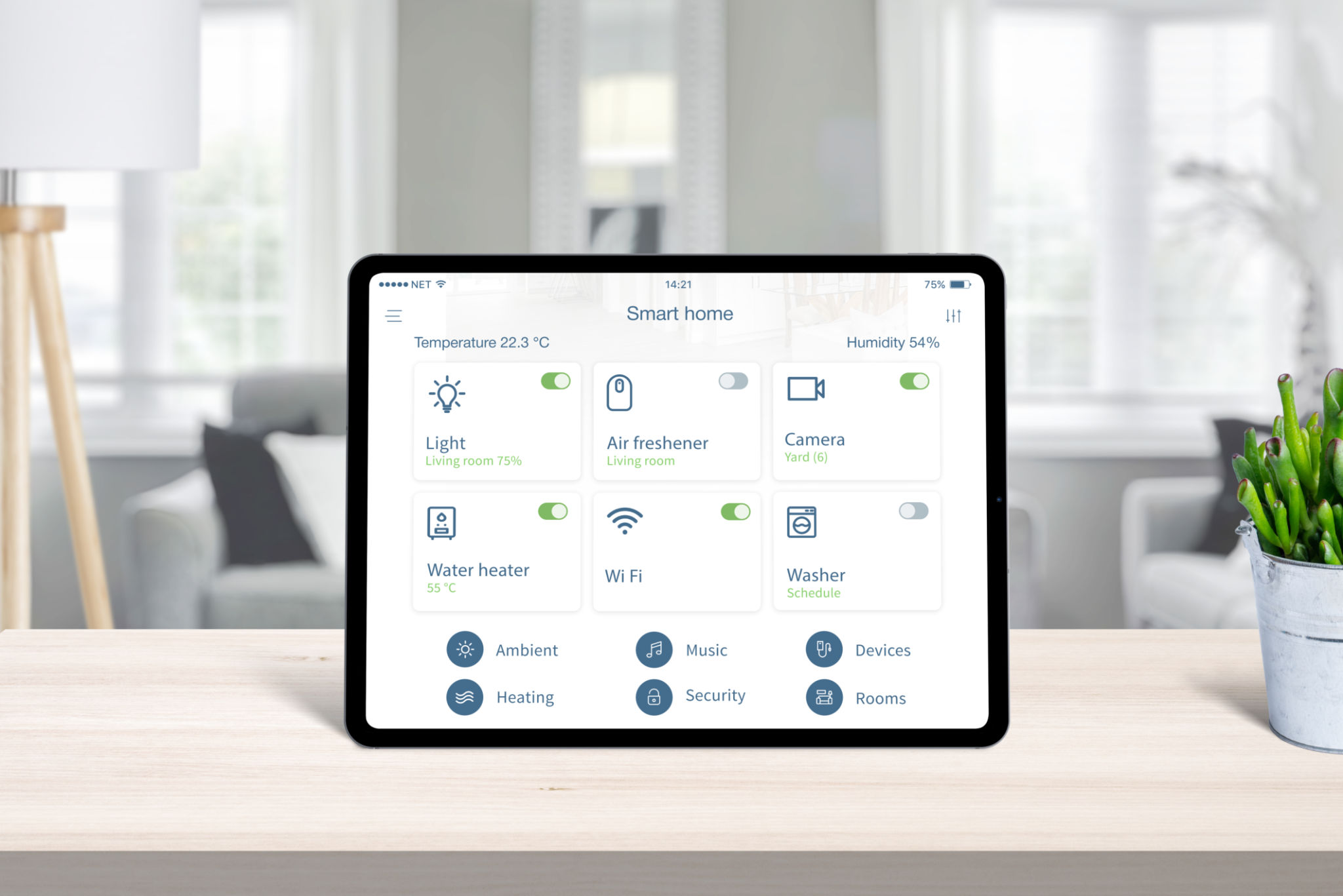Smart Home Device Maintenance: Trends You Need to Know
Understanding the Importance of Smart Home Device Maintenance
As smart home devices become increasingly integrated into our daily lives, ensuring their proper maintenance is crucial. These devices, ranging from thermostats to security cameras, require regular updates and care to function efficiently and securely. With the rapid advancement of technology, keeping up with maintenance trends is essential for homeowners and tech enthusiasts alike.
Regular maintenance helps prevent potential security vulnerabilities, prolongs device lifespan, and ensures optimal performance. Ignoring these aspects can lead to malfunctioning devices or even security breaches. Therefore, understanding the current trends in smart home device maintenance is vital for any smart home user.

Automated Updates and Cloud-Based Management
One of the latest trends in smart home device maintenance is the automation of software updates. Manufacturers are increasingly implementing automated systems that keep devices up to date without requiring user intervention. This not only saves time but also ensures that devices are protected against the latest security threats.
Cloud-based management is another significant trend. Many smart home devices now offer cloud-based solutions that enable remote monitoring and management. This allows users to perform maintenance tasks and receive alerts about potential issues from anywhere, enhancing convenience and control over their systems.
The Rise of Predictive Maintenance
Predictive maintenance is gaining traction as a proactive approach to device care. By using data analytics, smart devices can predict when maintenance will be necessary, allowing users to address potential issues before they escalate. This trend minimizes downtime and extends the longevity of devices, making it a valuable aspect of modern smart home management.

For instance, smart thermostats can analyze usage patterns and environmental factors to predict when a component might fail. This enables homeowners to schedule service ahead of time, avoiding unexpected disruptions in their comfort.
Integration with Smart Home Hubs
As smart home ecosystems grow more complex, integration with central hubs is becoming increasingly important for maintenance. Smart home hubs act as a central point of control and communication for various devices, streamlining maintenance processes.
Through these hubs, users can receive consolidated reports on the health and status of all connected devices. This integration simplifies troubleshooting and ensures that all components work harmoniously together. As a result, maintaining a smart home setup is becoming more efficient and user-friendly.

Cybersecurity Measures and Best Practices
With the increasing connectivity of smart home devices, cybersecurity remains a top concern. Keeping devices secure goes hand-in-hand with regular maintenance. Current trends emphasize the importance of strong passwords, regular security audits, and enabling two-factor authentication wherever possible.
Manufacturers are also focusing on enhancing device security by providing regular firmware updates and patches. As part of maintenance routines, users should stay informed about potential vulnerabilities and apply updates promptly to protect their homes from cyber threats.
Conclusion
Smart home device maintenance is evolving rapidly, with automation, predictive analytics, and enhanced cybersecurity leading the charge. Staying informed about these trends is essential to ensure that your smart home operates smoothly and securely. By embracing these advancements, homeowners can enjoy the benefits of a connected lifestyle without compromising on safety or performance.
